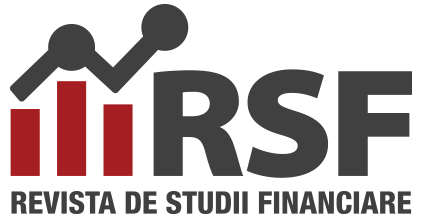Author: Violeta Duță
Vol. 3 • No. 4 • May 2018
Abstract
In the context of globalization and the financial crisis that the world traversed over the period 2007-2009, the Romanian capital market suffered extreme shocks (stock indices recording a decline of up to 90% while the national currency depreciated sharply against EUR and USD), which led to a significant increase in volatility in the national financial market. Considering that the financial sector was the trigger of the crisis and one of the most affected sector, we chose to analyze whether we can talk about the foreign exchange rate impact on price of the bank shares traded on the Bucharest Stock Exchange and vice versa (during March 2008 - June 2017), using correlation and VAR Granger Causality test. Frequency of data is daily. We also studied the evolution of the correlation between the banking sector (represented by the shares of the banking companies traded on the Bucharest Stock Exchange) and the foreign exchange market during and after the financial crisis. Next, we analyzed volatility changes in this sector in the post-crisis period compared to the one recorded during the financial crisis. We have included the three Romanian banks: BRD-Groupe Societe Generale, Banca Transilvania, Patria Bank and two foreign banks traded on BSE: Erste Bank AG and Deutsche Bank and RON/EUR and RON/USD exchange rates.The results of the study showed that we can speak of a unidirectional causality running from the RON / EUR exchange rate to the prices of the Romanian banks included in the study (except for Patria Bank) and of a bidirectional causality for foreign banks Erste Bank and Deutsche Bank. During the crisis (as could be expected), we noticed an increase in volatility and market correlation and a slight decline once the effects of the crisis began to dissipate.
Keywords: causality, stock market, foreign exchange rate, VAR Granger Causality model, volatility.
JEL classification: C15, C58, G01
